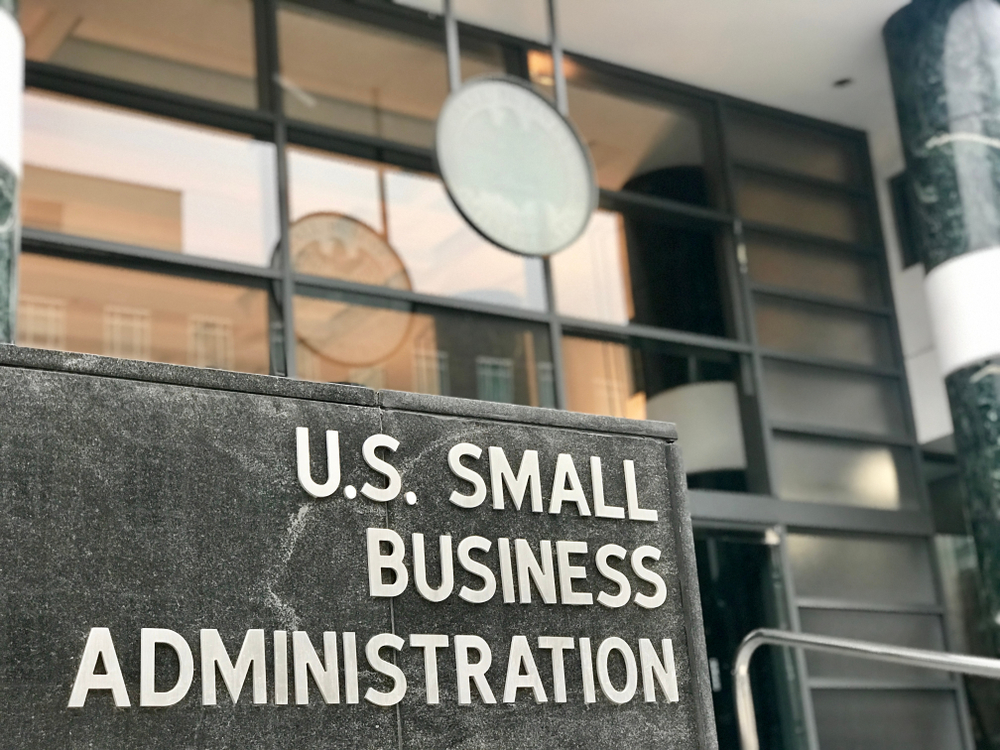Recent Changes to the Paycheck Protection Program (June 2020)

This post was submitted by Kristin Smith, 3Rivers Credit Analyst.
As of June 5, 2020 the H.R. 7010, Paycheck Protection Program Flexibility Act of 2020 was signed into law. This act provides several favorable changes to the current Paycheck Protection Program, allowing small businesses to fully use their loan proceeds for qualified payroll and non-payroll costs, and to apply for loan forgiveness.

Changes to the act include:
- Extending loan maturity from two years to five years for any portion of the Paycheck Protection Program (PPP) loan that is not forgiven. This change would apply only to PPP loans received after June 5; however, existing PPP loans could request to be modified to reflect the new maturity terms.
- Extending the coverage period from June 30, 2020 to December 31, 2020,; however, the program will end after June 30, 2020
- Extending the coverage period to the earlier of 24 weeks after loan issuance, or December 31, 2020. Borrowers with existing loans could elect to retain the existing eight weeks.
- Extending the safe harbor restoration deadline date provisions (full-time equivalent [FTE] and salary/wage reduction) from June 30, 2020 to December 31, 2020.
- Reducing the minimum required spend for payroll costs for loan forgiveness purposes from 75% to 60%.
- Creating a new safe harbor provision to remove the full-time equivalent (FTE) reduction in forgiveness. Borrowers must be able to document either of the following:
- Inability to rehire individuals who were employees on February 15, 2020, and inability to hire similarly qualified employees for unfilled positions on or before December 31, 2020, OR
- Inability to return to the same level of business activity as such business was operating at before February 15, 2020, due to compliance with requirements established or guidance issued by the secretary of the U.S. Department of Health and Human Services, director of the Centers for Disease Control and Prevention or the Occupational Safety and Health Administration during the period beginning March 1, 2020, and ending December 31, 2020, relating to the maintenance of standards for sanitation, social distancing or any other worker or customer safety requirement related to COVID-19.
- Deferring principal and interest payments until the U.S. Small Business Administration remits the loan forgiveness amount to the lender (previously only a six-month deferral period).
- Loan forgiveness must be requested by the borrowers within 10 months of the last day of their covered period or payments would begin at that time.
- Removing the restriction on a borrower’s access to payroll tax deferment (previously, borrowers could only take advantage of the payroll tax deferral provision until a borrower received PPP loan forgiveness).
The Small Business Administration (SBA) has not yet provided guidance since the passing of H.R. 7010 in regards to loan forgiveness. Previously published guidance will be updated to reflect the changes.
It is worth noting that all current and new PPP loan borrowers will be able to take advantage of these changes.
As a best practice, we highly encourage you to continue to document, in detail, payroll documents, bank statements, and account/billing statements for all qualified payroll and non-payroll costs. Check out this post for a few tips on doing so.
Additional information can be found at the Small Business Administration and United States Treasury websites.
Once guidance from the SBA is published, we'll be in contact with our membership with details on the process of how to apply for loan forgiveness.
3Rivers is here to support you with any questions you may have about your PPP loan! You can email us at PPP@trfcu.org.